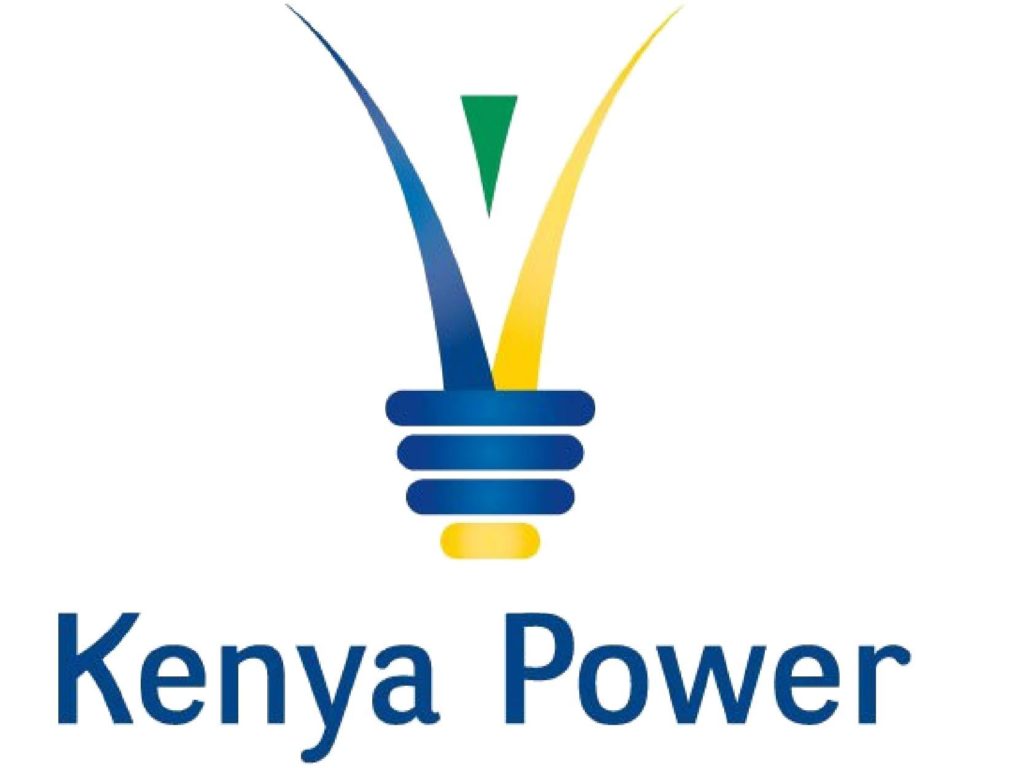Kenya launches plan to provide electricity to all Citizens by 2022

Kenya launches plan to provide electricity to all Citizens by 2022
Kenya launches plan to provide electricity to all Citizens by 2022
The government today launched the Kenya National Electrification Strategy (KNES). Developed in partnership with the World Bank, KNES provides a roadmap to achieving universal access to electricity for all Kenyans by 2022.
With the help of the geospatial tool, the strategy has identified least-cost options for bringing electricity to households and businesses throughout the country. The strategy recognizes the key role played by off-grid options, mini-grids and stand-alone solar systems that complement grid extension and intensification. Above all, it highlights the crucial role that the private sector will need to play in providing off-grid solutions for Kenyan homes, businesses and community service centers in remote parts of the country.
“Tremendous achievement in scaling up connectivity has been made over the last few years. Total access to electricity now stands at 75%. However, there was a need to come up with a new National Electrification Strategy to deal with the challenges of bringing the entire country under electrification in an economically viable manner,” said Hon. Charles Keter, Cabinet Secretary, Ministry of Energy.

About one billion people in the world lack access to electricity. Sub-Saharan Africa, and South Asia continue to be the areas of the world with the largest access deficit. Under the business-as-usual scenario, as many as 700 million people will continue to live without electricity in 2030 and 90% of them will be in Sub-Saharan Africa.
Universal access to electricity is a key requirement for meeting Kenya’s development goals under Vision 2030 of becoming a newly industrialized and middle-income country. Kenyan households and businesses will need competitively-priced, reliable, safe and sustainable energy to deliver on its Big Four Agenda priorities: affordable housing, manufacturing, food security, and universal healthcare.
“The World Bank is committed to helping Kenya extend modern, affordable, reliable and clean energy services to all its citizens,’’ said World Bank Country Director, Felipe Jaramillo. “Currently, the Bank is financing electrification under the ongoing Kenya Electricity Modernization Project (KEMP) and Kenya Off-grid Solar Access Project (KOSAP) which targets to connect 235,000 and 1.3 million new beneficiaries, respectively.”
The Electrification Strategy will deploy geospatial technology to develop a mechanism that provides objective planning data. This data will assist national and county policy makers in making informed decisions regarding grid and off-grid investments required for electric service provision.
Alongside the KNES launch, the government also launched the Electricity Sector Investment Prospectus which presents the investment opportunities in the energy sector over the next 5 years valued at about $14.8 billion. The Prospectus will help investors and financiers to identify suitable project opportunities. The Prospectus covers opportunities in power generation, transmission, distribution, off grid electrification, mini-grids and solar systems for homes and institutions.
The KNES was prepared with support from the Energy Sector Management Assistance Program (ESMAP). ESMAP is a partnership between the World Bank Group and 18 development partners to help low and middle-income countries reduce poverty and boost growth, through environmentally sustainable energy solutions.

